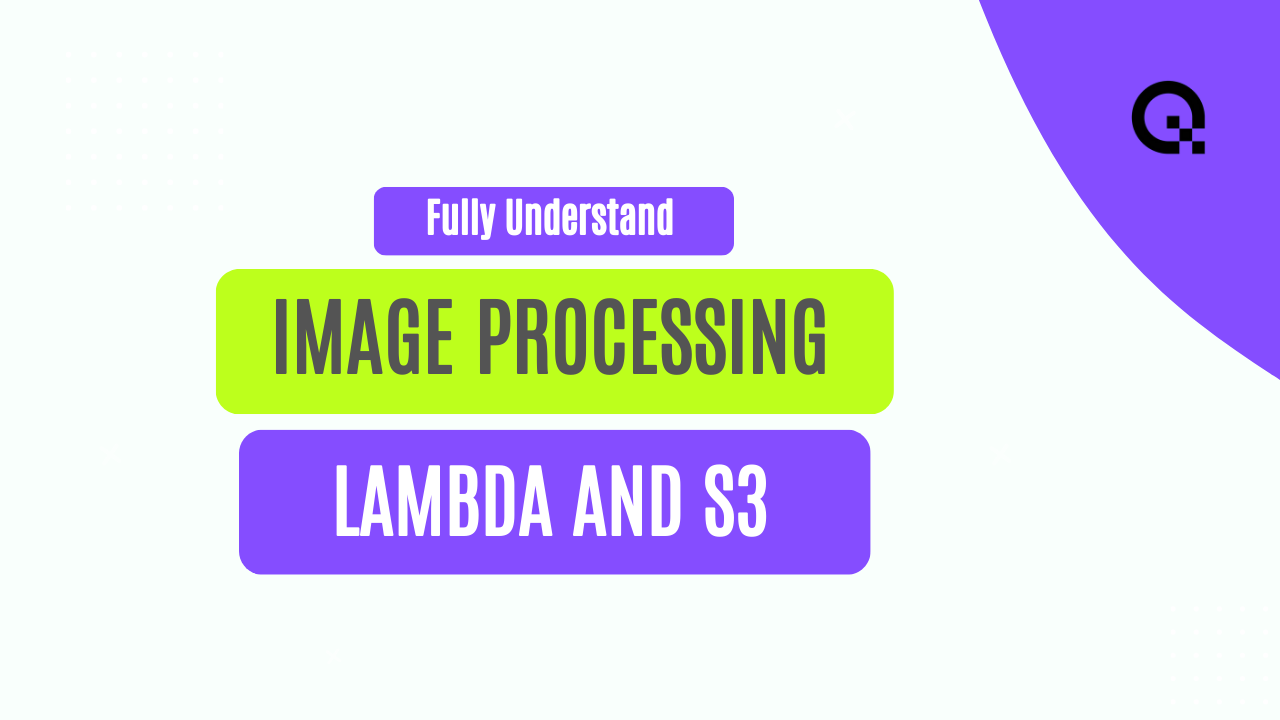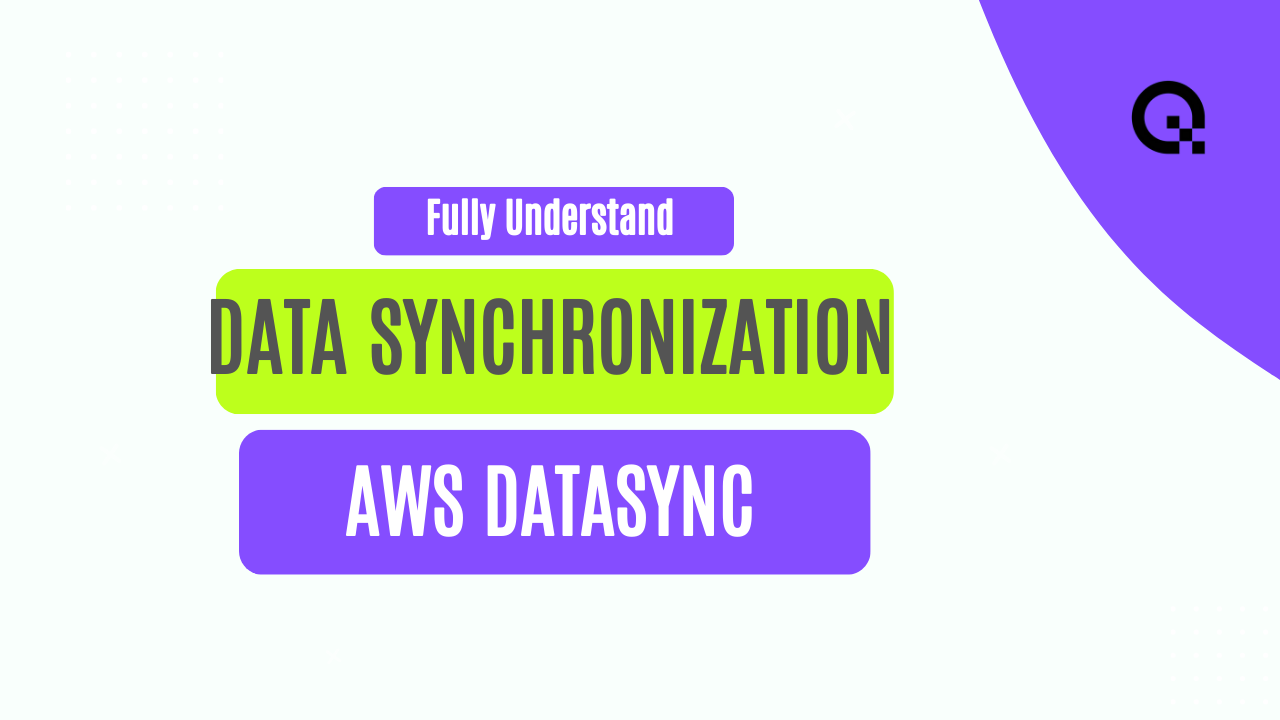Image Processing with Lambda and S3
Image processing is a crucial aspect of modern technology, enabling the manipulation and enhancement of visual data for a wide range of applications. In this blog post, we will delve into the fascinating world of image processing using the powerful combination of Lambda and S3 services offered by AWS.
Introduction to Image Processing
Image processing involves performing operations on an image to achieve a certain outcome, such as enhancing quality, extracting information, or recognizing patterns. It plays a vital role in various fields, including computer vision, medical imaging, and digital photography.
With the advent of cloud computing, image processing tasks have become more efficient and scalable. AWS Lambda allows you to run code without provisioning or managing servers, while Amazon S3 provides secure and scalable storage for your images.
Benefits of Using Lambda and S3 for Image Processing
One of the key advantages of using Lambda and S3 for image processing is the cost-effectiveness and scalability they offer. With Lambda, you only pay for the compute time you consume, making it ideal for processing images on-demand without incurring high costs.
Additionally, S3 provides durable and secure storage for your images, ensuring that they are always available when needed. The integration of Lambda with S3 allows you to build powerful image processing pipelines that can scale based on demand.
Getting Started with Image Processing on AWS
To begin processing images with Lambda and S3, you first need to upload your images to an S3 bucket. Once the images are stored in S3, you can trigger a Lambda function to process them based on your requirements.
Using tools like the AWS SDK and Lambda console, you can easily create Lambda functions that perform image processing tasks such as resizing, filtering, or analyzing image content. By leveraging the event-driven architecture of Lambda, you can automate image processing workflows and respond to changes in your S3 bucket in real-time.
Advanced Image Processing Techniques
As you dive deeper into image processing with Lambda and S3, you can explore advanced techniques such as object detection, image segmentation, and image recognition. These techniques leverage machine learning algorithms to extract valuable insights from your images and enhance their utility in various applications.
By combining Lambda with services like Amazon Rekognition, you can build sophisticated image processing pipelines that can analyze and categorize images based on their content. This opens up a world of possibilities for applications in e-commerce, healthcare, security, and more.
Conclusion
Image processing with Lambda and S3 offers a powerful and cost-effective solution for handling visual data in the cloud. By leveraging the scalability and flexibility of AWS services, you can build robust image processing workflows that meet the demands of modern applications.
Whether you are a developer looking to enhance your image processing capabilities or a business seeking to leverage visual data for insights, Lambda and S3 provide the tools you need to succeed in the world of image processing.



